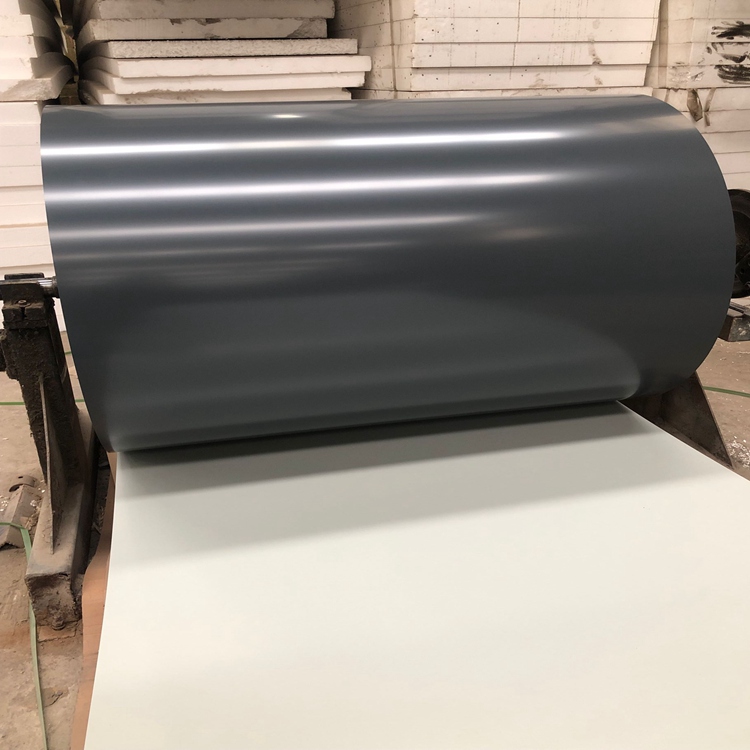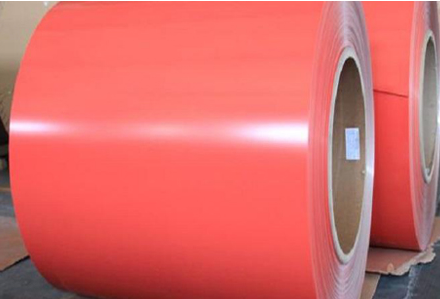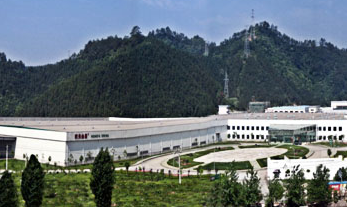信息摘要:
彩涂板机组在工艺段一般设置换热装置如:预清洗水箱、刷洗水箱、碱洗水箱、漂洗箱等,它们都需要热介质,目前国内的生产线常采用水蒸气、高温烟气、导热油等。下面分别介绍这三种热源的特点:
(1)水蒸气。水蒸气通过凝结液化,释放大量的汽化潜热,具有非常好的传热效果。水蒸气液化后变为凝结水,可以再回收到锅炉房重复使用。水蒸气的制取一般是利用蒸汽锅炉...
彩涂板机组所需热力设施的特点和作用
天津天诚彩板全国配送——包头彩涂板生产厂家_包头彩涂板型号 更多信息请拨打网站上方电话咨询了解
彩涂板机组在工艺段一般设置换热装置如:预清洗水箱、刷洗水箱、碱洗水箱、漂洗箱等,它们都需要热介质,目前国内的生产线常采用水蒸气、高温烟气、导热油等。下面分别介绍这三种热源的特点:
(1)水蒸气。水蒸气通过凝结液化,释放大量的汽化潜热,具有非常好的传热效果。水蒸气液化后变为凝结水,可以再回收到锅炉房重复使用。水蒸气的制取一般是利用蒸汽锅炉。这种方式因投资不大,换热设备简单而被广泛采用。
(2)高温烟气。回收利用其他生产线排放的高温烟气,来加热换热装置。这种方式加热效率也比较高,不过要事先做好整个厂区的热平衡方案,积极开发余热利用潜力。
(3)导热油。导热油加热是加热炉把导热油加热后,通过油管进入换热装置,释放热量后再回到加热炉被加热。整个系统为闭环系统,无介质流失,且换热效果好。但由于该系统造价高,国内很少采用。
Heat exchangers such as pre-cleaning water tank, scrubbing water tank, alkali washing water tank and rinsing tank are generally installed in the process section of the unit. They all need heat media. At present, steam, high temperature flue gas and heat conducting oil are commonly used in domestic production lines. The characteristics of these three heat sources are described below.
(1) Water vapor. Water vapor is liquefied by condensation, releasing a large amount of latent heat of vaporization, which has a very good heat transfer effect. Water vapor liquefied into condensate water can be recycled to the boiler room for reuse. Steam is usually produced by steam boiler. This method is widely used because of its low investment and simple heat exchange equipment.
(2) High temperature flue gas. The high temperature flue gas discharged from other production lines is recycled to heat the heat exchanger. The heating efficiency of this method is relatively high, but the heat balance plan of the whole plant area should be done well in advance, and the potential of waste heat utilization should be actively developed.
(3) Heat conducting oil. The heating of heat conducting oil is that the heater heates the heat conducting oil, enters the heat exchanger through the oil tube, releases heat, and then returns to the heater to be heated. The whole system is a closed-loop system with no loss of medium and good heat transfer effect. However, due to the high cost of the system, it is seldom used in China.




